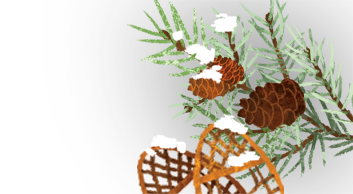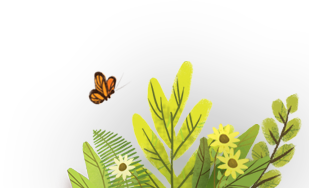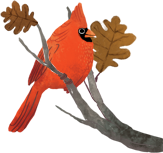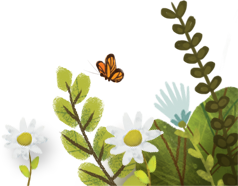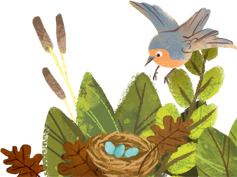- Students should dress for the weather.
- Students should know these words: omnivore, carnivore, herbivore, producer, consumer, decomposer.
- Students should practice dropping water drops. (They could count how many drops they can fit on a penny.) If you need plastic pipettes (medicine droppers), contact the Nature Center at 328-3950 or Carrie Nelson.
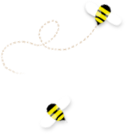
Aquatic Food Webs
| Title | Aquatic Food Webs |
| Audience | 4th Grade |
| Offered | September-Mid October |
| Length | 1 hr. 50 minutes |
Preparing for this Class
Class Description
Students will use physical and chemical tests, as well as biological indicators, to determine if the Quarry Hill pond is a “healthy” environment for living things. They will also observe small plants and animals from the pond and learn how scientist use invertebrates as biological indicators for water quality. Students will learn about the connections of life (food chains and food webs) within the pond environment as they participate in a science game that illustrates the concepts of producer, consumer, omnivore, carnivore, & herbivore.
Correlation to MN Science Standards
- Explain what would happen to a system such as a wetland, prairie, or garden if one of its parts were changed. For example: Investigate how an invasive species changes an ecosystem. (5.4.2.1.2)
- Describe a natural system in Minnesota, such as a wetland, prairie or garden, in terms of the relationships among its living and nonliving parts, as well as inputs and outputs. (5.4.2.1.1)
- Recognize that when scientific investigations replicated they generally produce the same results, and when results differ significantly, it is important to investigate what may have caused such differences. For example, Measurement errors, equipment failures, or uncontrolled variables. (5.1.1.1.2)
- Describe how the methods people utilize to obtain and use water in their homes and communities can affect water supply and quality. (4.3.4.1.1)
- Measure temperature, volume, weight and length using appropriate tools and units. (4.2.1.1.1)
- Identify common groups of plants and animals using observable physical characteristics, structures and behaviors. (3.4.1.1.2)
Science Vocabulary
|
Nutrients Organisms Ecology Ecosystems Photosynthesis Producers |
Species Community Population Primary Consumer Secondary Consumer
|
Decompose Decomposer Predator Prey Carnivore Herbivore |
Omnivore Food Chain Food Web pH * H2O * CO2 * |
Classroom Extension
- As a class, discuss further the results from the data sheets.



